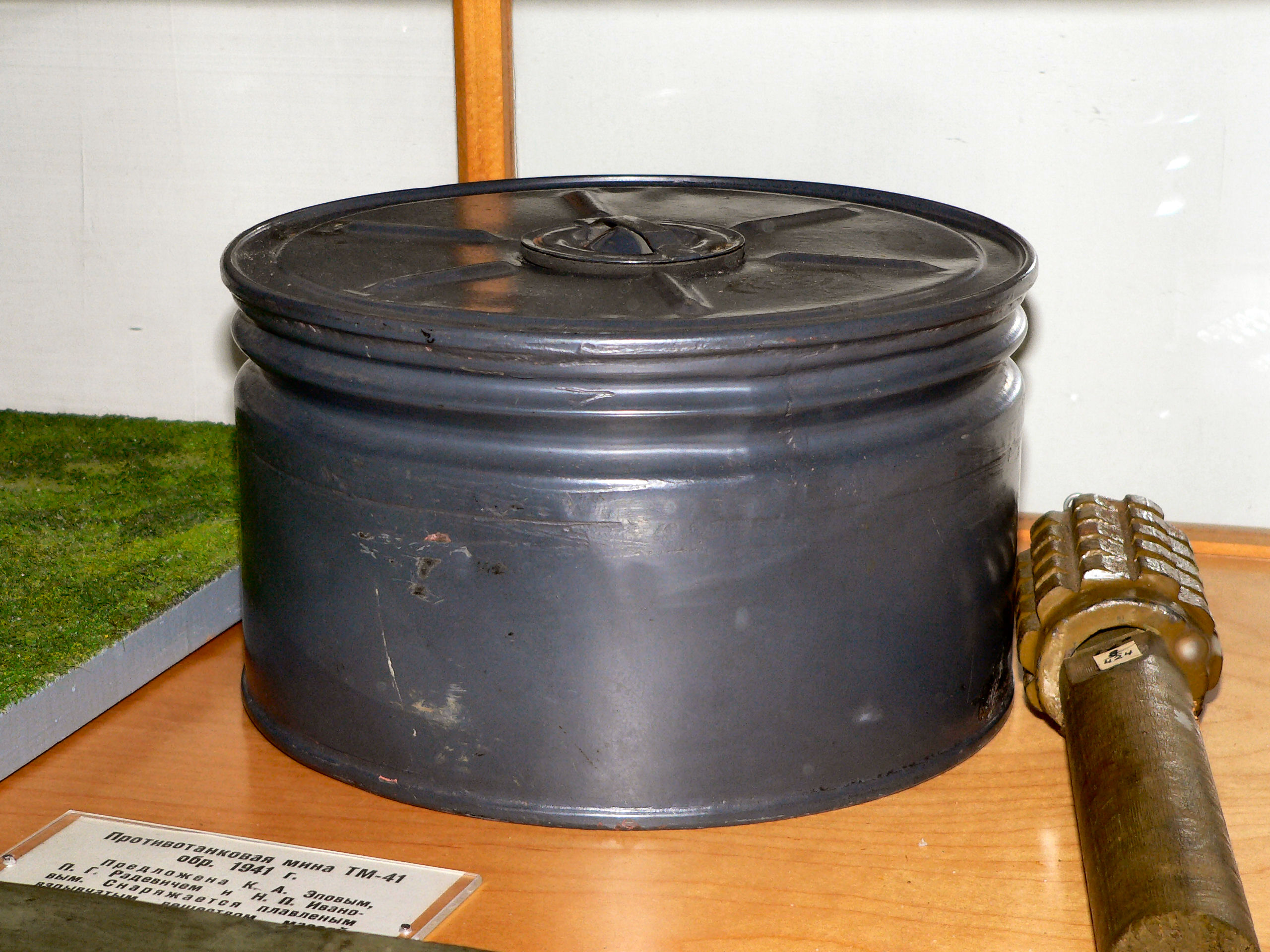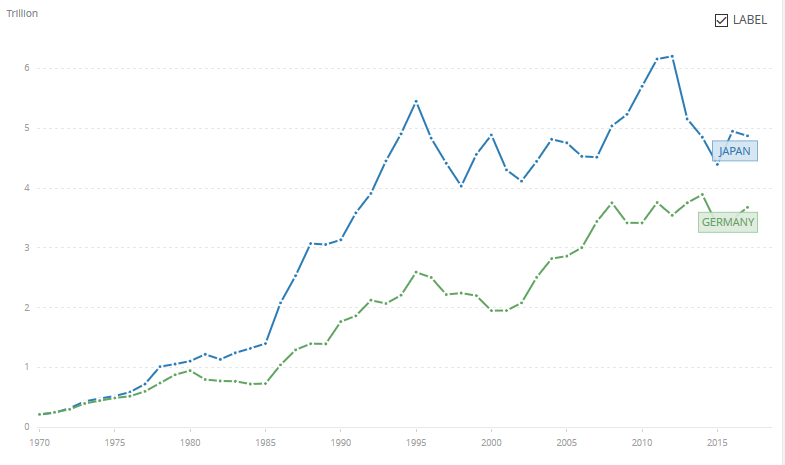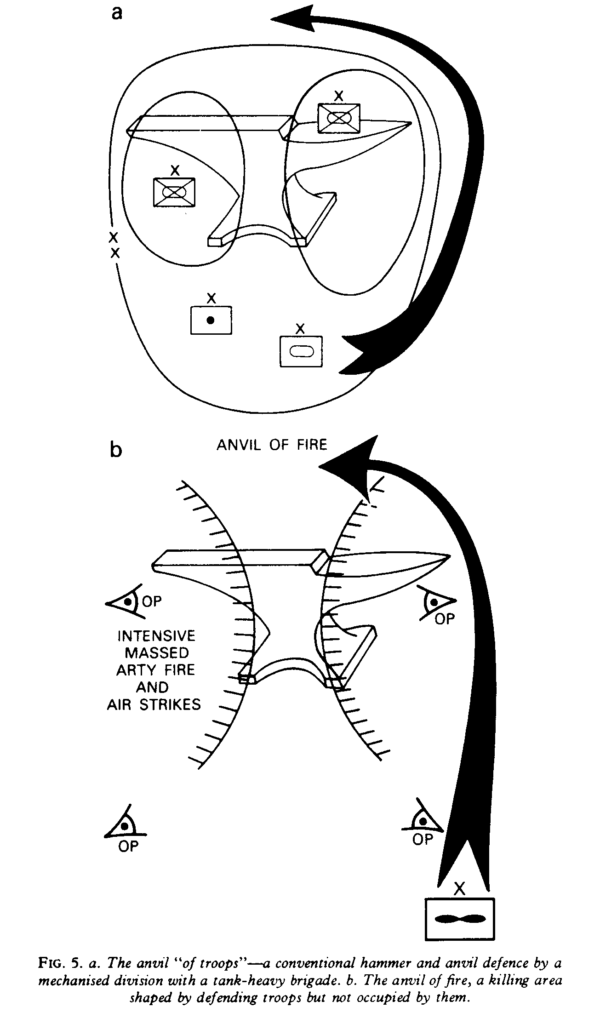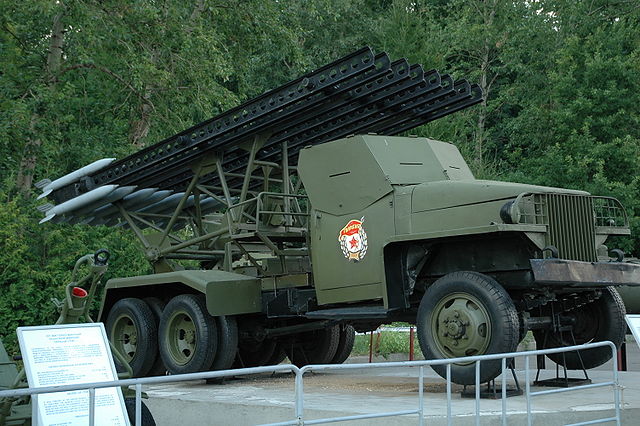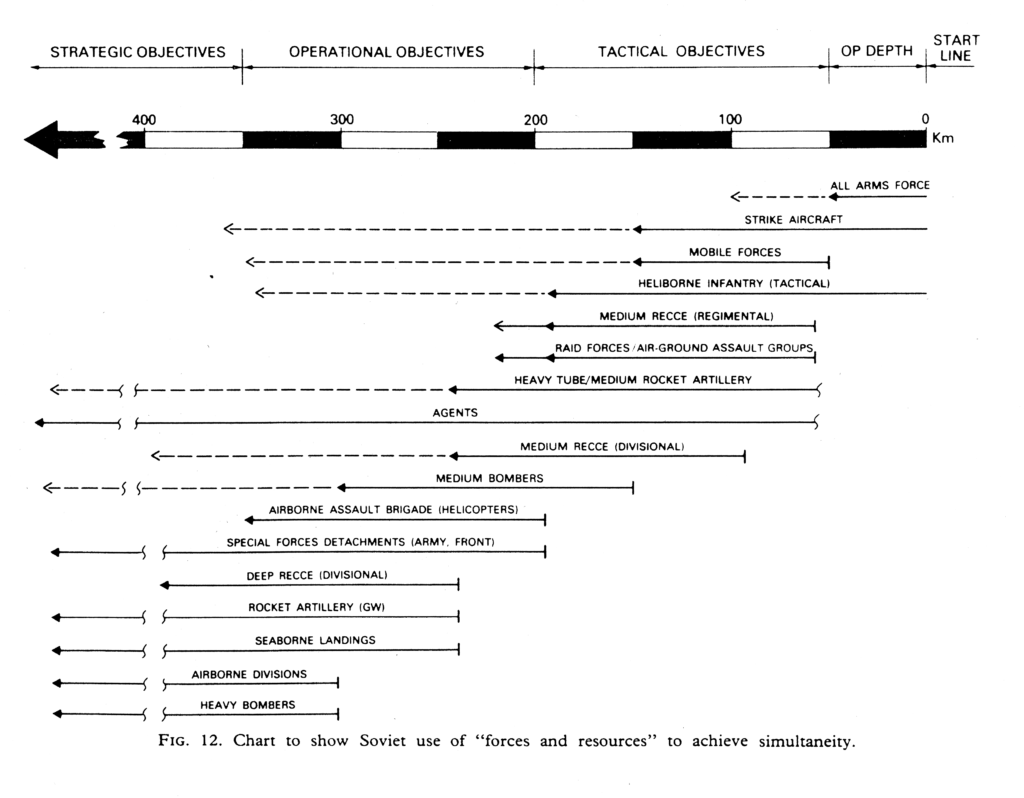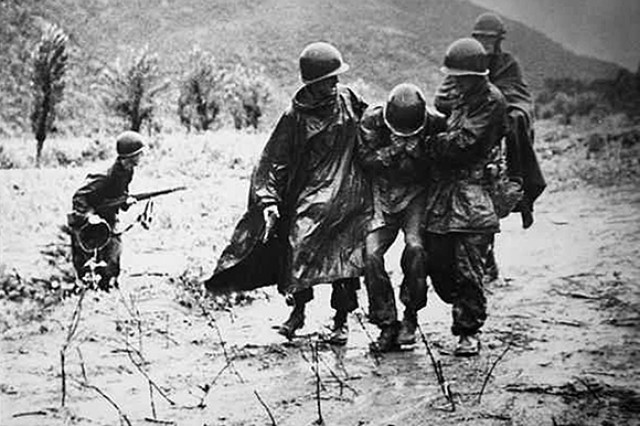
[This piece was originally published on 27 June 2017.]
Trevor Dupuy’s theories about warfare were sometimes criticized by some who thought his scientific approach neglected the influence of the human element and chance and amounted to an attempt to reduce war to mathematical equations. Anyone who has read Dupuy’s work knows this is not, in fact, the case.
Moral and behavioral (i.e human) factors were central to Dupuy’s research and theorizing about combat. He wrote about them in detail in his books. In 1989, he presented a paper titled “The Fundamental Information Base for Modeling Human Behavior in Combat” at a symposium on combat modeling that provided a clear, succinct summary of his thinking on the topic.
He began by concurring with Carl von Clausewitz’s assertion that
[P]assion, emotion, and fear [are] the fundamental characteristics of combat… No one who has participated in combat can disagree with this Clausewitzean emphasis on passion, emotion, and fear. Without doubt, the single most distinctive and pervasive characteristic of combat is fear: fear in a lethal environment.
Despite the ubiquity of fear on the battlefield, Dupuy pointed out that there is no way to study its impact except through the historical record of combat in the real world.
We cannot replicate fear in laboratory experiments. We cannot introduce fear into field tests. We cannot create an environment of fear in training or in field exercises.
So, to study human reaction in a battlefield environment we have no choice but to go to the battlefield, not the laboratory, not the proving ground, not the training reservation. But, because of the nature of the very characteristics of combat which we want to study, we can’t study them during the battle. We can only do so retrospectively.
We have no choice but to rely on military history. This is why military history has been called the laboratory of the soldier.
He also pointed out that using military history analytically has its own pitfalls and must be handled carefully lest it be used to draw misleading or inaccurate conclusions.
I must also make clear my recognition that military history data is far from perfect, and that–even at best—it reflects the actions and interactions of unpredictable human beings. Extreme caution must be exercised when using or analyzing military history. A single historical example can be misleading for either of two reasons: (a) The data is inaccurate, or (b) The example may be true, but also be untypical.
But, when a number of respectable examples from history show consistent patterns of human behavior, then we can have confidence that behavior in accordance with the pattern is typical, and that behavior inconsistent with the pattern is either untypical, or is inaccurately represented.
He then stated very concisely the scientific basis for his method.
My approach to historical analysis is actuarial. We cannot predict the future in any single instance. But, on the basis of a large set of reliable experience data, we can predict what is likely to occur under a given set of circumstances.
Dupuy listed ten combat phenomena that he believed were directly or indirectly related to human behavior. He considered the list comprehensive, if not exhaustive.
- Dispersion
- Defensive Posture
- Surprise
- Fatigue
- Combat Intensity
- Suppression
- Friction
- Diminishing Returns
- Interaction of Variable Factors
- Combat Effectiveness
I shall look at Dupuy’s treatment of each of these in future posts (click links above).




